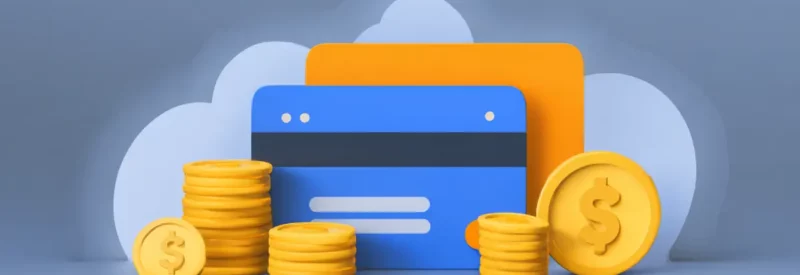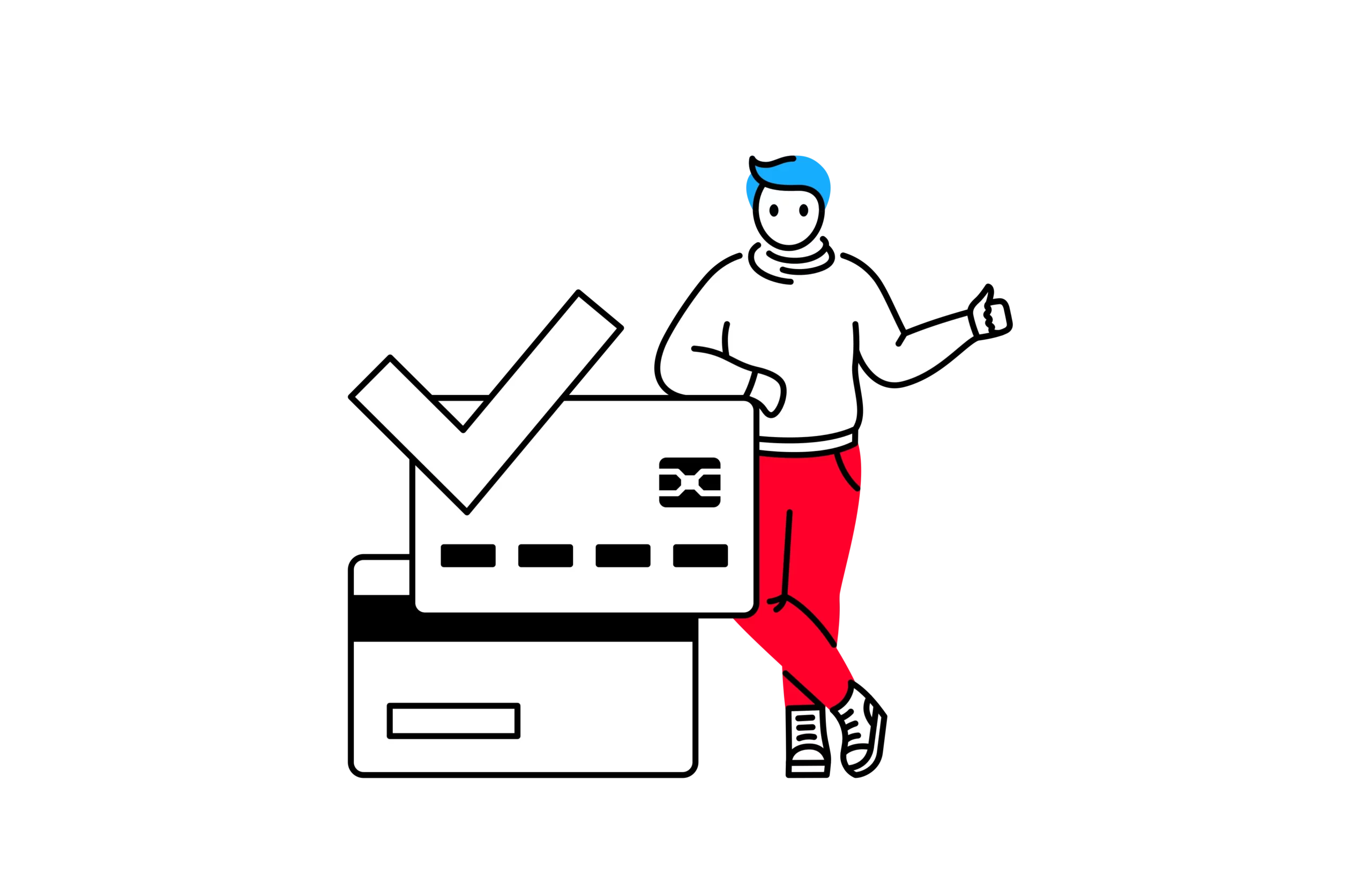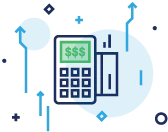Software-as-a-Service (SaaS) companies operate differently from traditional retailers. Instead of selling a product once, they rely on customers paying repeatedly — monthly, quarterly, or yearly — to keep using their software. This means SaaS payment processing isn’t just a one-time transaction; it’s a critical, ongoing part of the business-customer relationship.
Making sure those payments go through smoothly every time is more complex than it sounds. One missed charge can lead to a lost customer, especially if the issue isn’t caught quickly. The difference between thriving SaaS companies and those hemorrhaging customers often comes down to one factor: properly configured SaaS payment processing services.
This guide explains how SaaS payment processing works, what tools are involved, and how to build a system that helps you retain more customers, collect more revenue, and scale with fewer payment headaches.
Key Takeaways
- SaaS payment processing requires specialized tools for managing recurring billing, subscription changes, and involuntary churn. Standard eCommerce payment systems can fall short of supporting these complex needs.
- A complete SaaS payment setup typically includes a payment gateway, subscription management, and a user-friendly billing interface.
- Failed payments can create significant revenue leakage for SaaS companies, but proper dunning management can substantially reduce this problem.
- International expansion requires payment support for multiple currencies, tax regulations, and regional preferences.
Core Components of SaaS Payment Processing
Building a reliable SaaS payment processing system requires several interconnected components to work together seamlessly. Each element — subscription management, payment gateway, and dunning system — plays a specific role in managing the subscription lifecycle.

Recurring Billing and Subscription Management
Recurring payments are the backbone of any SaaS payment processing. Unlike how payment processing works for one-time sales, subscriptions require systems that automatically charge customers on a set schedule, without needing them to re-enter their payment details. Basic payment tools designed for one-time transactions create major problems for subscription businesses, from failed charges when cards expire to the need for manual re-billing. SaaS businesses can lose a significant amount of revenue simply through payment friction.
Modern SaaS payment processing services are designed to handle accepting recurring payments based on various pricing models: monthly or annual flat-rate plans, usage-based pricing that scales with customer activity, tiered plans with different features, or hybrid pricing that mixes fixed and variable elements.

Dunning and Failed Payment Handling
Credit cards get declined for various reasons. They expire, hit their limit, or get flagged for fraud. When these issues go unaddressed, they lead to “involuntary churn” — customers dropping off even though they still want the service. Effective dunning systems can help lower churn rate through:
- Smart retry logic that attempts charges at strategic times
- Automated alerts that notify customers to payment problems
- Card updater tools that refresh outdated card information
- Self-service portals where users can update payment details on their own

Payment Gateways and Processors
Payment gateways create secure channels between SaaS platforms and financial systems. When customers enter payment information, the payment gateway encrypts sensitive data, routes it through banking systems, and returns approval or decline messages.
The payment gateway you pick can shape how your business runs daily. Some companies use plug-and-play options because they’re quick and easy to set up, but those often come with limited flexibility. Others opt for more customization through extensive options for payment gateway integrations. Rich API-driven solutions can provide deeper control over how payments flow and how customers experience the checkout process.
Nowadays, APIs act as the backbone of SaaS payment processing. A solid API setup ties together your payment gateway, customer database, accounting software, and other tools so they all work in sync. When you get this right, your whole system runs smoother and more efficiently behind the scenes.
Best Practices for SaaS Payment Setup
The most successful SaaS companies follow a few key payment strategies to improve conversion rates, reduce churn, and scale smoothly:
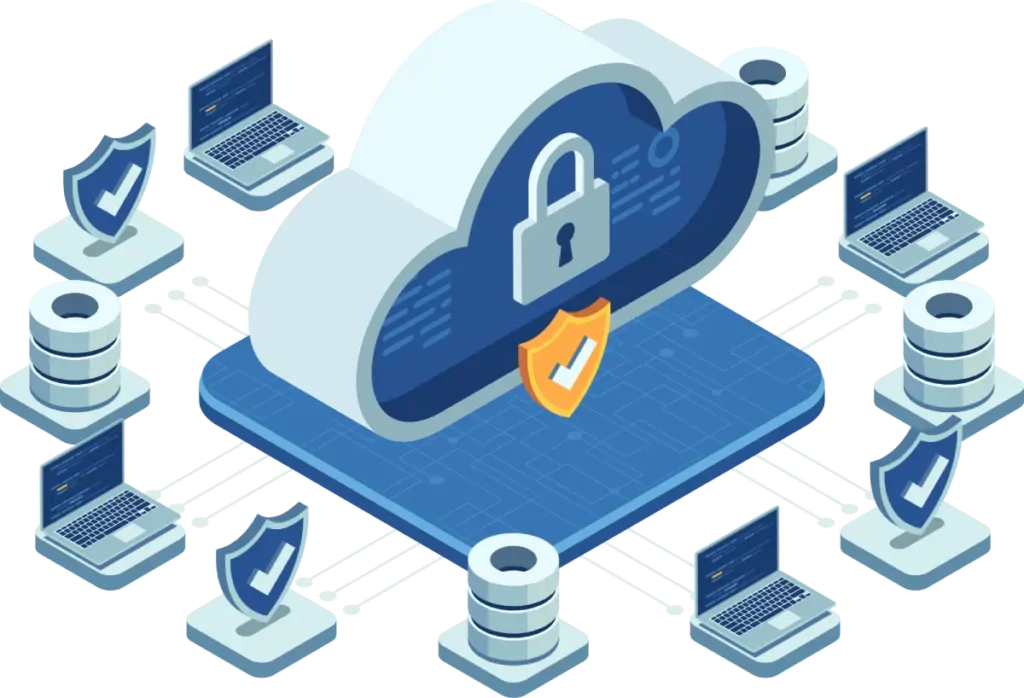
- Offer Flexible Payment Options: Credit cards are just the start. Include ACH transfers, digital wallets, and popular international payment methods to improve conversion, especially in global markets.
- Automate Billing Communications: Configure your system to automate emails for receipts, renewal reminders, and payment failures.
- Simplify the Checkout Experience: Streamline your checkout process to remove friction. Every extra step or field reduces the chance of conversion.
- Be Transparent About Pricing: Clearly state what you’re charging, when charges occur, and what happens if the customer changes plans.
Challenges Unique to SaaS Payment Processing
Because SaaS payments happen on a recurring basis, they come with their own unique challenges. Tackling these head-on helps you avoid losing revenue and keeps your customers happy.
Global expansion adds payment complexity. International growth requires handling different currencies, tax regulations, and regional payment preferences. SaaS payment gateways may need to handle international currencies and taxes. Most enterprise-level SaaS payment gateways support multi-currency processing, but capabilities vary significantly.
Security is non-negotiable. SaaS payment processing requires the long-term storage of sensitive customer data. You should implement:
- End-to-end encryption for all payment data in transit
- Tokenization to protect stored card information
- Strong customer authentication measures
- Regular security audits to identify vulnerabilities
Payment failures are a major churn driver. Involuntary churn can make up a significant portion of lost customers. Research shows that:
- 10–15% comes from card-related issues
- 40%+ stems from insufficient funds
- 25–30% is due to fraud triggers and risk blocks[1]Churnkey. “State of Retention 2025.” Accessed July 14, 2025.
By performing churn analysis, you can identify the pain points within your operations and fine-tune your payment systems to target these issues.
How To Optimize Your SaaS Payment Stack for Growth
Once your SaaS payment processing is up and running, there’s still room to improve. To enhance retention and growth, implement these optimization strategies:
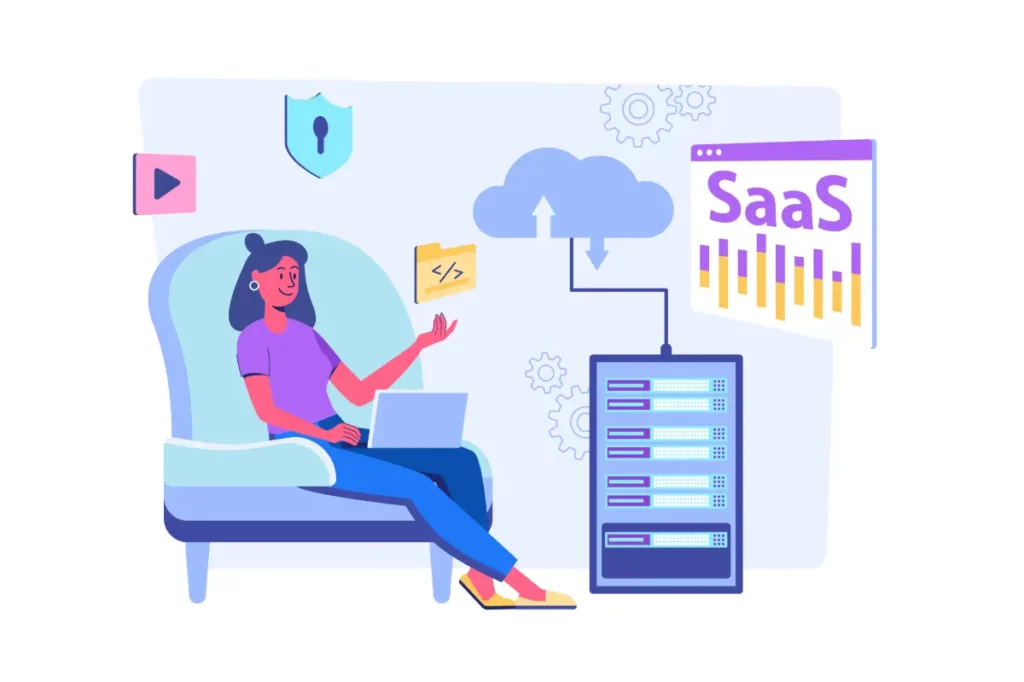
- Use Smarter Retry Logic: Implement intelligent retry logic for failed payments that adapts to specific decline reasons rather than following fixed schedules. Smart dunning systems using this approach can recover over half of failed payments.[2]ProperStack. “How to Recover 80% of Failed Payments with Automated Subscription Dunning.” Accessed July 14, 2025.
- Break Down Churn Data: Conduct a thorough churn analysis by segmenting your data. Separate voluntary cancellations from payment-related ones. You may find a surprising amount of churn has nothing to do with your product.
- Track Approval Rates: Monitor payment success rates across different variables. Track approval rates by card type, issuing bank, and geographic region. These insights can highlight hidden issues and help you fine-tune payment performance.
- Test Checkout Flow: Simple A/B tests on checkout page elements — button text, form layout, or pricing presentation — can yield improvements in conversion rates.
Top SaaS Payment Gateways To Consider
Choosing the right SaaS payment gateway is a big decision. You’ll want something secure, reliable, and flexible enough to support subscriptions and recurring billing. Whether you’re just getting started or scaling fast, here are a few options worth exploring:
- PaymentCloud: Specializing in payment processing for SaaS companies, including those in higher-risk industries, PaymentCloud offers customizable flows, subscription analytics, and advanced fraud prevention tools designed for recurring billing.
- Braintree: A favorite among developers, Braintree offers extensive API documentation for major programming languages and supports recurring billing, trial periods, and custom payment schedules.
- Chargebee: Focusing exclusively on subscription management with comprehensive SaaS billing automation, Chargebee handles everything from mid-cycle plan changes to complex billing logic.
- Recurly: Specializing in subscription analytics, Recurly provides detailed insights into subscriber behavior, churn analysis, and lifetime value metrics.
Choose and Implement the Right SaaS Payment Solution Today
As your SaaS company grows, your payment system needs to keep up. A more sophisticated approach to SaaS payment processing becomes necessary to handle scaling pricing tiers, adding customers across borders, or converting larger clients.
PaymentCloud understands the unique payment challenges that SaaS companies face. Our payment solutions combine flexible tools, strong subscription support, and a deep understanding of SaaS-specific challenges. We can provide the SaaS payment processing you need to help reduce churn, improve revenue collection, and scale smoothly. Contact us to get started.
SaaS Payment Processing FAQs
What is the SaaS billing process?
The SaaS billing process operates automatically, charging customers on a recurring schedule based on their subscription plan. Sophisticated SaaS billing systems handle complex scenarios — tracking plan changes, calculating partial charges when subscribers upgrade mid-cycle, generating invoices, and managing payment failures through dunning processes.
What are the key differences between SaaS payment processing and traditional eCommerce payments?
Unlike one-off purchases in traditional eCommerce, SaaS payment processing services rely on long-term billing relationships. SaaS companies need tools for handling upgrades, renewals, and payment recovery — not just one-time checkouts.
What security measures should SaaS businesses implement in payment processing?
For SaaS businesses, protecting payment data isn’t optional; it’s essential. At a minimum, that means staying PCI DSS compliant to handle credit card transactions securely. End-to-end encryption is a must to keep everything safe in transit. Many also use tokenization to swap out sensitive details with secure placeholders, reducing the risk if data is ever exposed. Together, these layers help build a strong foundation for secure payments.



